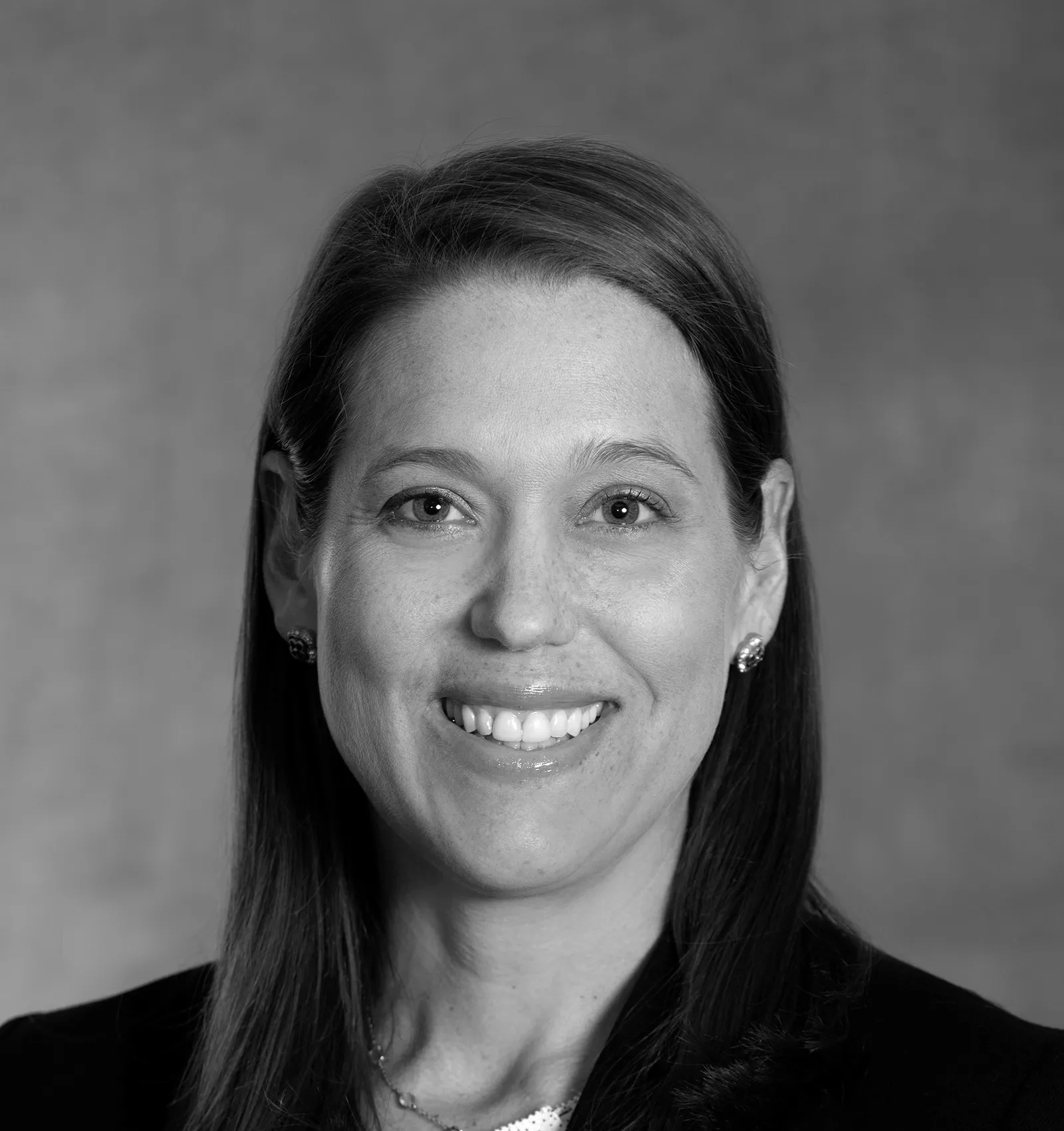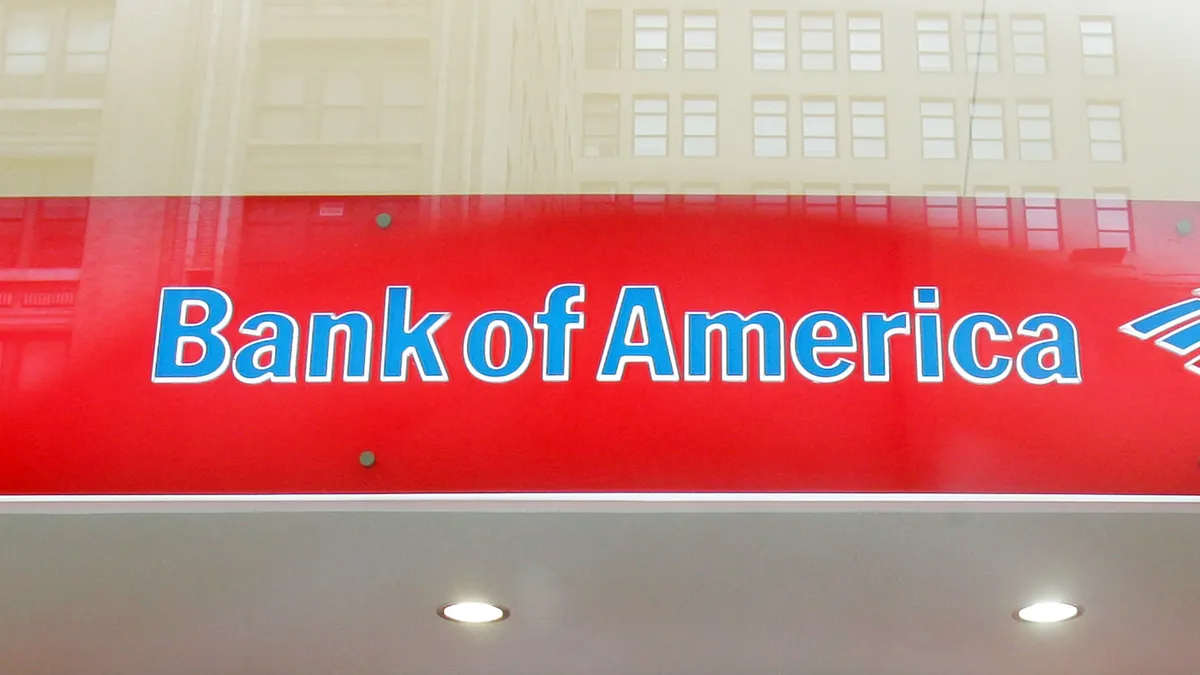“Sabbatical” is typically a word associated with tenured professors, who take time off to pursue intellectual pursuits. But what if you didn’t have to teach university courses to earn extended paid time off?
Bank of America’s new benefits offering, launched January 2023, provides a mini case study. “We really want to give every employee a really fulfilling career when they're here with us,” Kate Phillips, BofA’s head of global benefits, told HR Dive of its sabbatical program.
“We know that our teammates have both their professional and personal lives,” she said, adding that it’s important to support workers’ “whole selves.”
How the sabbatical program builds on PTO
Regular paid time off at the company varies by department, role and tenure, Phillips explained. But once workers have accrued 15 years of continuous service, they get the opportunity to take an additional four weeks of paid time off.
Once reaching 20 or 25 years of continuous service, Phillips said, workers are eligible for five extra weeks of PTO. Once reaching 30 years, workers receive an extra six weeks. Employees may take a total of two sabbaticals during their time with the company, according to the bank’s benefits website.

Notably, the word “sabbatical” comes from the Hebrew word שַׁבָּת or “Šabat.” A more familiar etymological cousin, perhaps, is “Sabbath.” This ethos of rest finds a place in the corporate work balance landscape with total rewards perks like that of BofA.
The program allows workers to “reinvest” in their life outside of work. “How they use their time away is really their choice,” Phillips said. “They could go on a volunteer trip, or they could travel, or they could just, you know, simply take time at home to relax with family and reinvest in relationships.”
She noted that this reinvestment time is a way to recognize employees who have spent the majority of their career with a company.
How employee recognition makes all the difference
Studies show time and again that workers want to feel appreciated, but employee recognition appears to be an afterthought in the employee experience arena.
In a joint Workhuman-Gallup survey, about half of senior leaders said they don’t know how much money is allocated to recognition; the majority of leaders also told Gallup and Workhuman explicitly that employee recognition is not a priority for them.
Non-leadership respondents voiced that not feeling appreciated or recognized is a cause for attrition.
“We wanted to provide time to connect with the things, people and priorities that they really care most about outside of work,” Phillips said.
Another way to address work-related burnout
“I can personally attest to how it makes you feel really supported and invested in by the company, and really recognized for what you've given to the company as well,” Phillips explained. Last year, BofA’s head of benefits reached her own 15-year tenure mark.
“I spent the time with family — my partner, my children, my parents, extended family members,” Phillips told HR Dive. “I love to do yoga and be active, and so it was really able to kind of focus on my health and just kind of general wellness.”
Ultimately, Phillips said she felt refreshed. “Having that time away gave me some space and mental clarity. [The sabbatical] really gives you an opportunity to put away the computer, the BlackBerry or the work device. Coming back, I just felt really excited,” she explained.
Total rewards expansion is key to retention
Bank of America prioritizes emotional well-being through an integrated wellness strategy, Phillips told HR Dive. “We believe it's an essential component of your overall health,” she said.
She added that BofA’s employee assistance program is a foundational benefit; at least 30 locations have on-site benefits specialists or counselors.
“For example, here in Charlotte, we have on-site counselors that are available to meet with our teammates, whether it be for a coaching session, to talk about family dynamics or a more involved mental health-related concern,” she said. Another key element is learning and development resources around building resiliency and avoiding burnout.
How to pitch a sabbatical program
Phillips said she anticipates the sabbatical program will improve the overall, long-term employee experience. This rationale can also be held up to senior management, if an HR professional wants to pitch a similar program for their company’s benefits package.
“We anticipate seeing this pay dividends to us over time — whether that's through retention and satisfaction, or, anecdotally, to get a really strong buzz amongst our teammates as something that rewards them again for sticking with us,” she said.
A spokesperson for Bank of America told HR Dive that since the sabbatical program started in January 2023, more than 10,000 employees have taken advantage of it.
The elevator pitch: It’s “an investment in your teammates, and especially in the teammates that have been really committed to the company,” Phillips said.





















